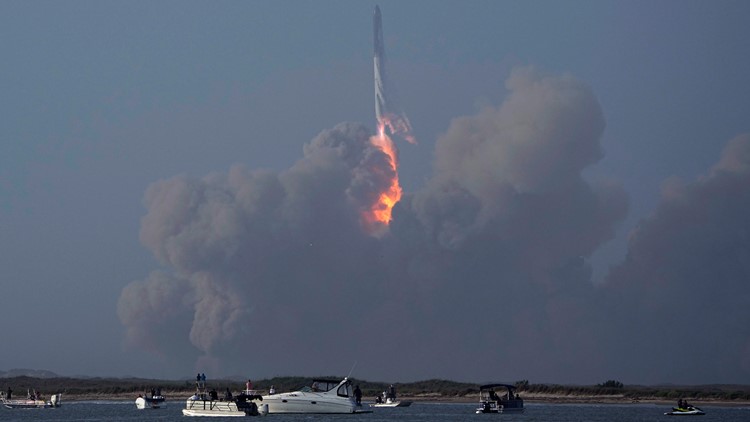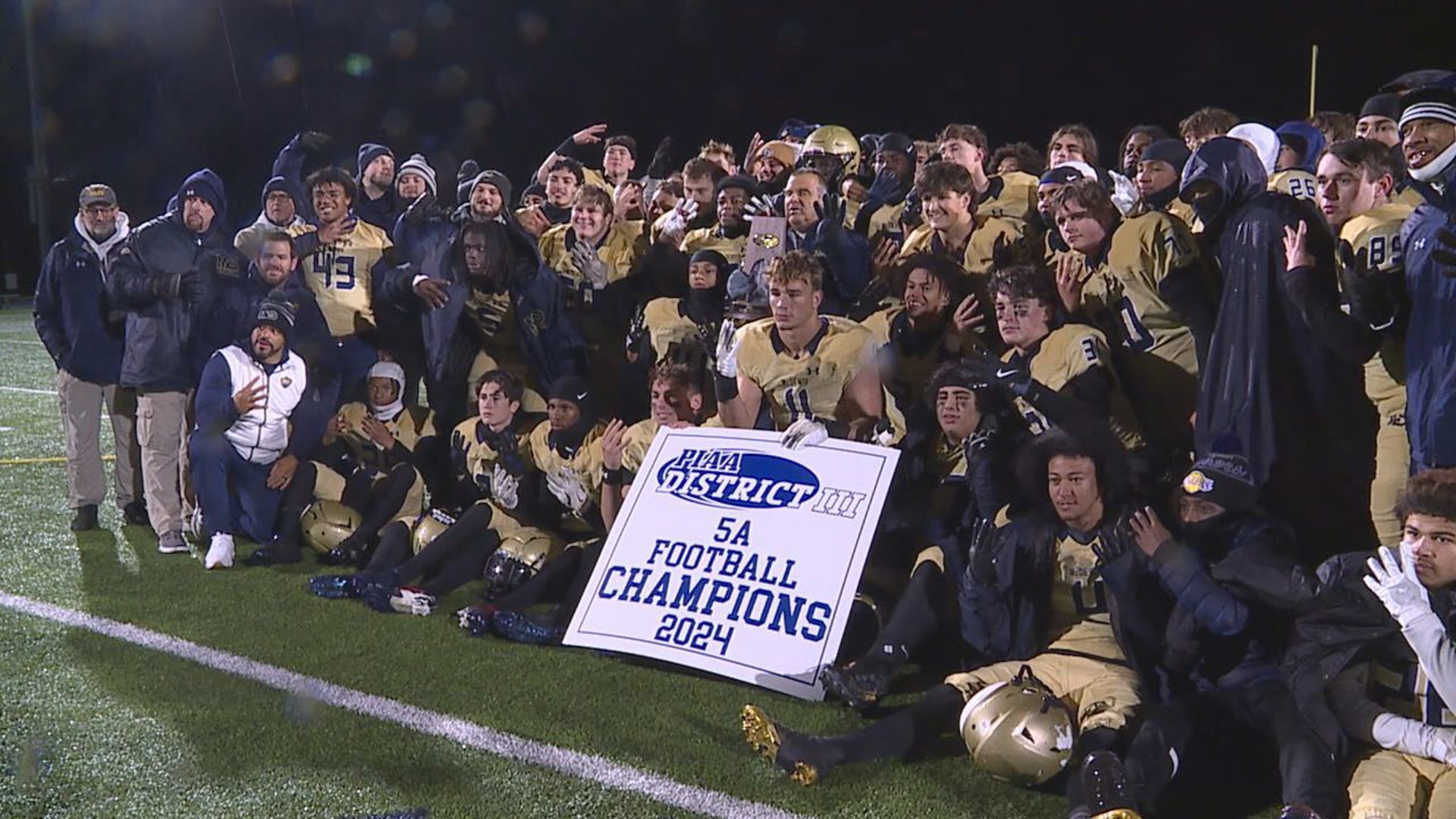During a test launch on April 20, SpaceX’s unmanned Starship rocket made it into the air but exploded before it could reach outer space and enter Earth’s orbit. No one was hurt.
Starship is being designed with the goal of taking people to the moon, and eventually Mars. The Friday launch was the first test of the fully assembled rocket, the largest ever made; previous Starship tests were of individual component rockets.
Following the explosion, some people mocked SpaceX for what appeared to be a massive failure. Others said the launch was in fact a success, some even arguing the company expected the rocket to blow up.
THE QUESTION
Was the SpaceX Starship test launch a success or a failure?
THE SOURCES
Comments made by SpaceX CEO Elon Musk prior to launch
Laura Forczyk, Executive Director of Astralytical, an aerospace consulting firm
THE ANSWER
SpaceX hoped Starship could reach orbit during its test launch, but did not fully expect it to. Experts called it a “partial success.”
WHAT WE FOUND
Starship is the latest project of SpaceX, a private aerospace company owned by Elon Musk.
Prior to the April 20 launch, SpaceX summarized the “best case scenario” on its website. The scenario depicts Starship launching, entering orbit, and then safely landing in the Pacific Ocean.
However, the company was also clear it was not expecting the best case scenario to play out, describing the phase wherein launch begins as “excitement guaranteed.”
The site read, “With a test such as this, success is measured by how much we can learn.”
Those sentiments were repeated after the explosion, with the company adding on the site, “we learned a tremendous amount about the vehicle and ground systems today that will help us improve on future flights of Starship.”
Elon Musk, the CEO of SpaceX, said himself prior to the launch that he was unsure if the rocket would make it to outer space this year.
“I'm not saying it'll get to orbit, but I am guaranteeing excitement. It won't be boring,” he said at a Morgan Stanley conference on March 7. “I think it's got hopefully a 50 percent chance of reaching orbit,” placing the chances of later tests in 2023 reaching orbit at 80 percent.
Space industry experts largely classified the test as a success.
NASA Administrator Bill Nelson tweeted, “Congrats to SpaceX on Starship’s first integrated flight test! Every great achievement throughout history has demanded some level of calculated risk, because with great risk comes great reward.”
Aerospace consultant Laura Forczyk, in an interview with VERIFY, called the launch “a partial success, or a successful failure.”
“It actually got off the launchpad. And it got past the maximum dynamic pressure point – max Q – where the rocket undergoes the most intense forces against the atmosphere,” she said. “The data that they got far outweighs the fact that they did not 100 percent complete the mission.”
Still the explosion comes as a surprise to some spectators more used to watching NASA rocket launches; the government is less accepting of dramatic malfunctions than the private sector.
“There is more of a tolerance for explosions with private companies because they are not under public scrutiny. With NASA, there is a lot of public attention. There's Congress, there's the White House, and there's the general public – the taxpayers who pay NASA's budget. And so all of those people, all those stakeholders, are watching NASA. And there's an expectation that it's going to go right the first time,” said Forczyk. “But with private rockets, especially ones that are not publicly traded, there's more incentive for them to ‘fail fast.’”
Forczyk says private companies like SpaceX may believe more frequent, less perfected tests can offer a better chance at quickly accomplishing the end goal, adding that before NASA came so squarely into the public eye it too operated with more abandon.
“Back in NASA’s early history we did see a lot more tolerance for failure and expectation that things will break and that there will be explosions,” she said.
SpaceX is expected to conduct more test launches this year.



